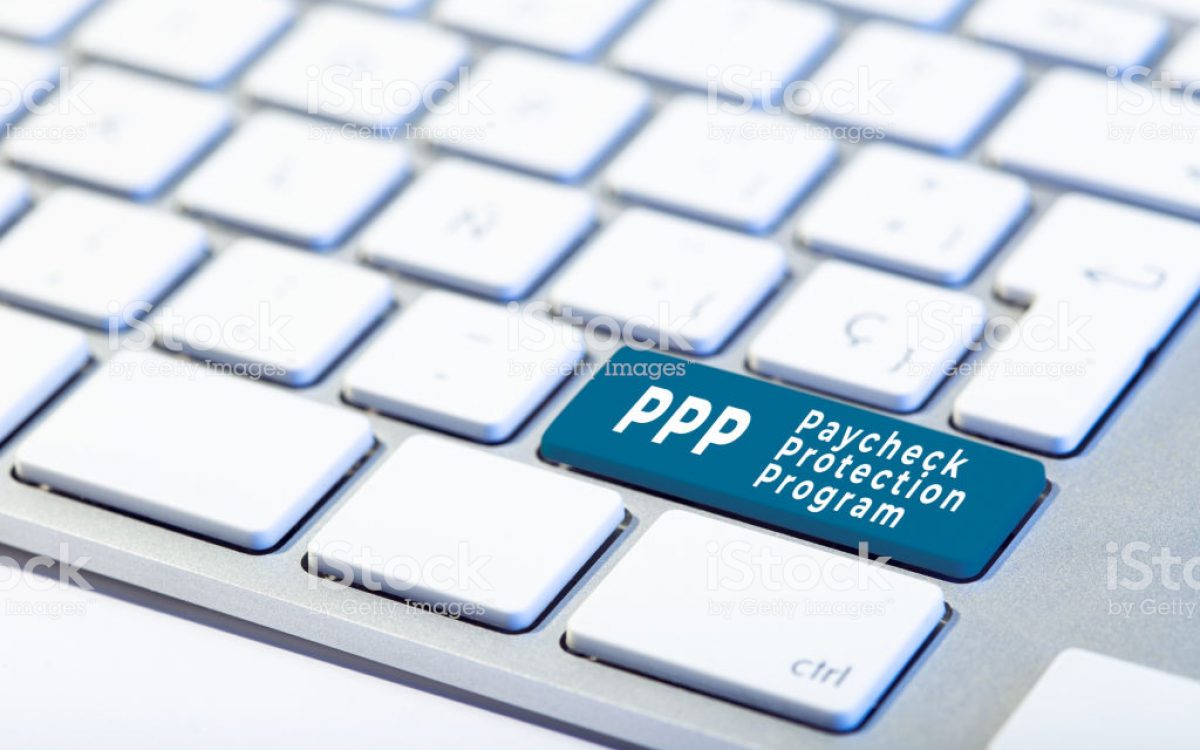The U.S. Senate passed by voice vote on June 3, 2020, the Paycheck Protection Program (PPP) Flexibility Act of 2020 (H.R. 7010). The bill had already been approved by the House of Representatives with near unanimity on May 28, 2020. The President signed the legislation into law during a press conference held on the morning of June 5th.
The original PPP was passed to provide low-interest, forgivable loans to small businesses affected by the COVID-19 pandemic. This new bill responds to concerns by business owners that the strict requirements on how they spend the PPP funds disqualify them from obtaining the promised loan forgiveness. The notable changes to the PPP program include:
- Reducing the percentage of the loan that must be used on payroll expenses.The revisions allow borrowers to spend up to 40% on allowable non-payroll costs (up from 25%), such as covered rents, utilities, and mortgage interest.
- Providing more time for borrowers to spend loan funds and meet forgiveness requirements. PPP loan borrowers now have the option to extend the Covered Period until the earlier of 24 weeks after loan origination or the end of the year (up from the original 8-week period).
- Increasing the time to repay unforgiven loan amounts. The new law amends the PPP to provide for a minimum maturity of five years (up from 2 years), but also allows lenders and borrowers to mutually agree to modify the maturity terms.
- Lengthening the term of payment deferral.The PPP provides that borrowers are not required to make loan payments (including principle, interest, and fees) for at least six months and up to one year. Under the new changes, such payments could be deferred until the amount of forgiveness is remitted to the lender by the SBA or until at least ten (10) months after the last day of the borrower’s Covered Period if the borrower has not yet applied for loan forgiveness.
- Extending the Safe Harbor for restoration of headcount and wages. The new law extends the Safe Harbor period for rehiring employees from June 30, 2020 until December 31, 2020. This addresses difficulties employers are having related to rehiring workers, finding replacement workers, and continued delays in reopening.
- Expanding protections for borrowers unable to rehire staff or unable to return to pre-COVID business levels due to social distancing measures. Borrowers unable to restore headcount will potentially be able to obtain full loan forgiveness. Under the terms of the new law, if the borrower can document, in good faith, the inability to re-hire individuals who were the borrower’s employees as of February 15, 2020 and an inability to hire similarly qualified individuals for unfilled positions on or before December 31, 2020, then reductions to FTEs will not impact loan forgiveness. Similarly, reductions to FTEs will not impact loan forgiveness if the borrower is able to document an inability to return to the same level of business activity as prior to February 15, 2020 due to compliance with worker or customer safety requirements related to COVID-19.
Permitting borrowers to defer payroll taxes. PPP recipients who received any amount of loan forgiveness were previously not able to defer payment of payroll taxes as provided in section 2303 of the CARES Act. The new changes remove that restriction.
